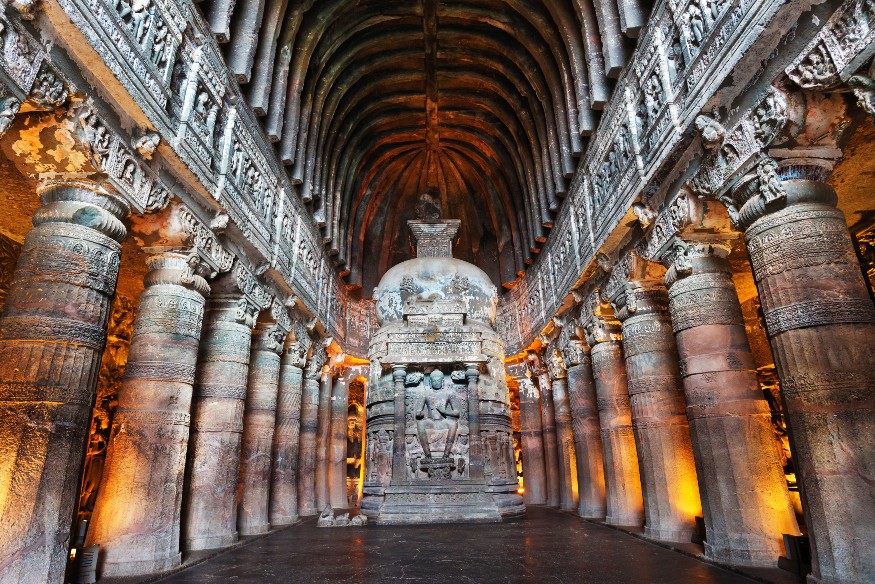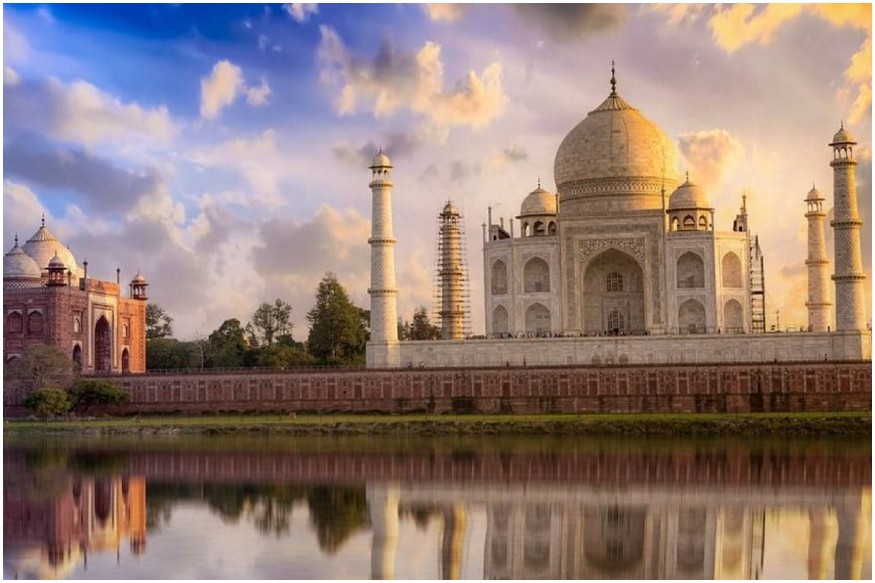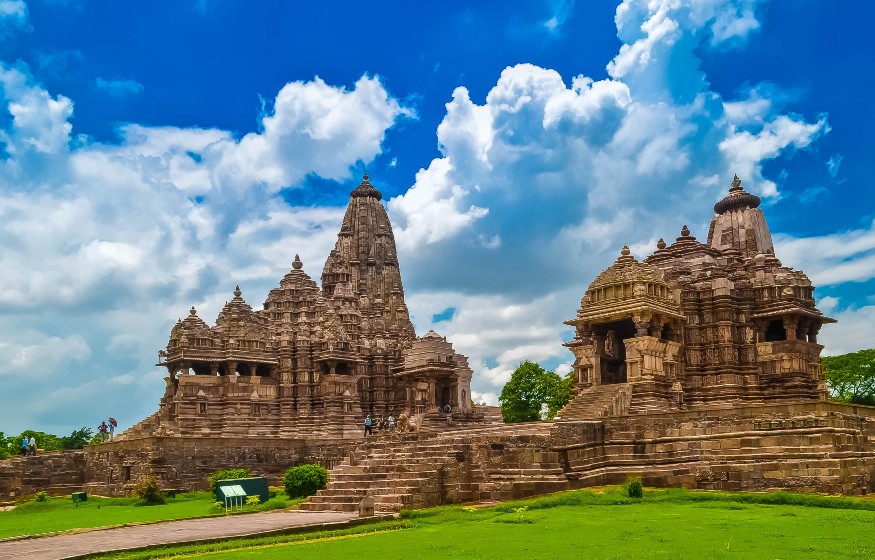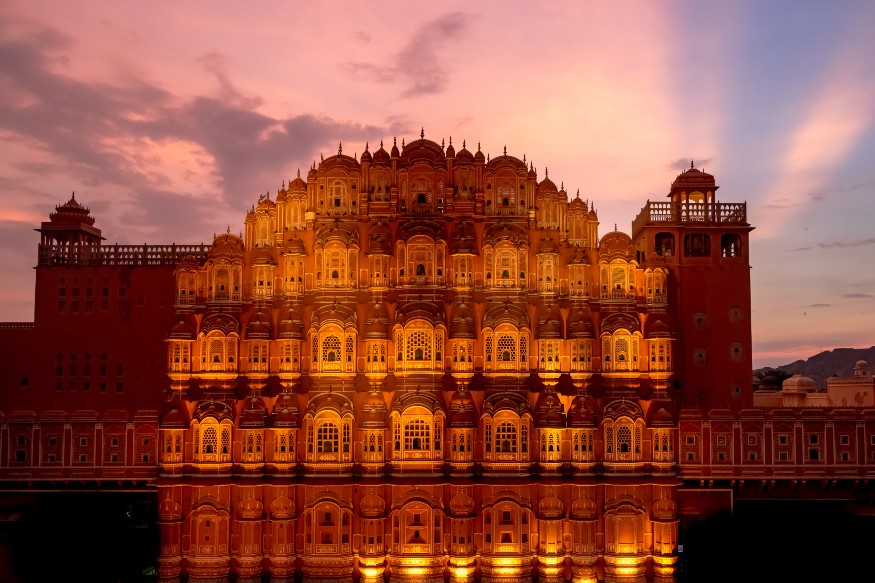
World Heritage Day, also known as International Day of Monuments and Sites (IDMS), is observed annually on 18 April to honor and preserve our heritage. Ancient monuments and buildings are global treasures. They need proper nutrition to last for many years. Around the world, there are countless remarkable sites and monuments, many of which beautifully reflect the culture of specific countries. World Heritage Day unites individuals, organisations, societies and governments to raise awareness of the importance of historic sites and promote their protection. In this article, we will explore the history, significance and top five Indian heritage sites.
world heritage day 2024 theme
The theme of World Heritage Day 2024 is 'Explore and Experience Diversity'. This topic highlights the richness of our history. It also reminds us to explore and appreciate the unique heritage of different communities.
Top 5 Heritage Sites in India
Hampi
Hampi was the last capital of the Vijayanagara Empire. Wealthy rulers built many magnificent temples and palaces, which were admired by ancient travelers. However, in 1565, the city was ruled by the Deccan Muslim confederacy group and was abandoned.
Ajanta Caves
The oldest Buddhist cave monuments at Ajanta were built during the 2nd and 1st centuries BCE. The paintings and sculptures found at Ajanta are considered masterpieces and have had a significant impact on artistry.
Taj Mahal
Built in Agra between 1631 and 1648 by the Mughal emperor Shah Jahan, this monument is made entirely of white marble. It was built in memory of the emperor's beloved wife.
Khajuraho
The temples of Khajuraho were built between 950 and 1050 during the rule of the Chandela dynasty. At present, only about 20 temples are standing representing Hindu and Jainism.
Jaipur city
Founded by Sawai Jai Singh II in 1727, Jaipur is known for its unique urban planning inspired by Vedic architecture. While others were built on hills, the Pink City was built on flat land. To this day, the local people have preserved its rich history.
World Heritage Day: History
World Heritage Day, also known as the International Day for Monuments and Sites, was established in 1982. International Council of Monuments and Sites (ICOMOS).
The United Nations Educational, Scientific and Cultural Organization approved the date during its 22nd General Conference in 1983. Every year, ICOMOS brings together experts from different fields such as architects, engineers, geographers, civil engineers, artists and archaeologists. These professionals collaborate to ensure that some of the world's most beautiful sites and important monuments are preserved for future generations.
Since its establishment, ICOMOS has welcomed approximately 10,000 members from more than 150 countries around the world. In 2023, two new Indian sites, the sacred groups of the Hoysalas and Santiniketan, were added to the list.
World Heritage Day: Significance
World Heritage Day is celebrated to encourage local communities to recognize the importance of safeguarding our cultural heritage. Various events bring together people from different regions and backgrounds, allowing them to share information about their history and traditions. ICOMOS also celebrates this day in collaboration with UNESCO around the world, thereby attracting travel and history lovers to such events.
 look news india
look news india




